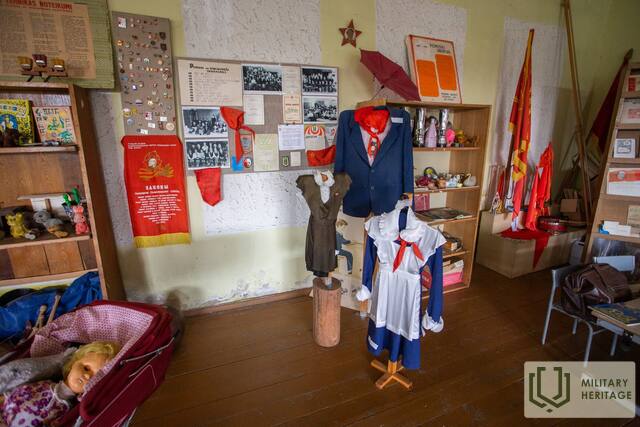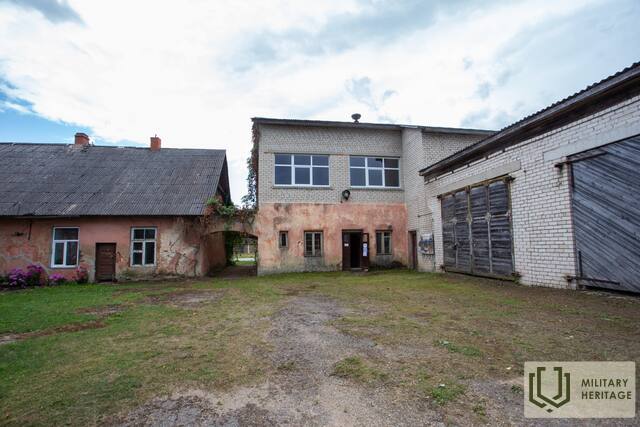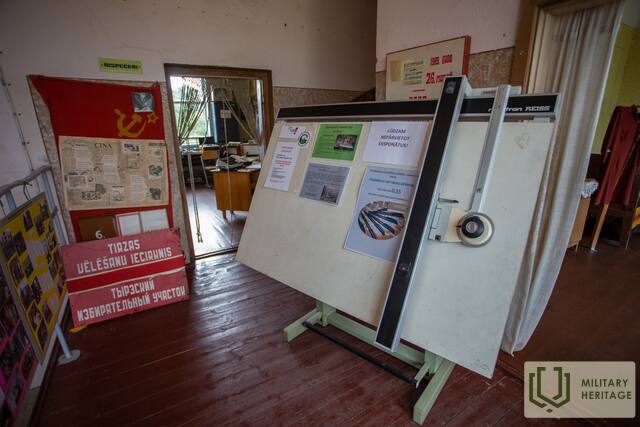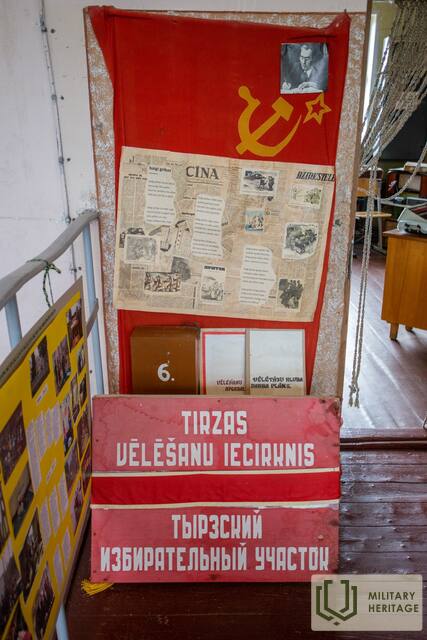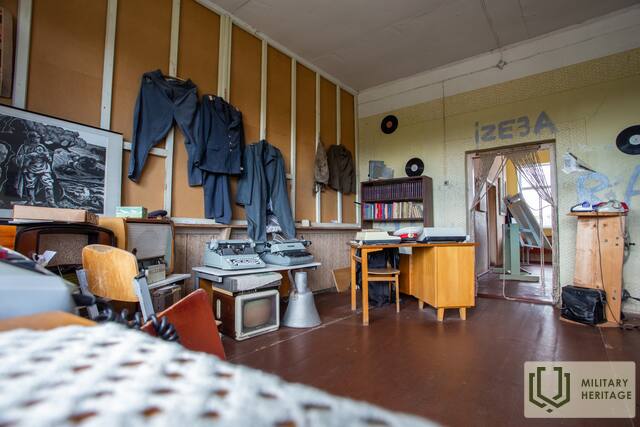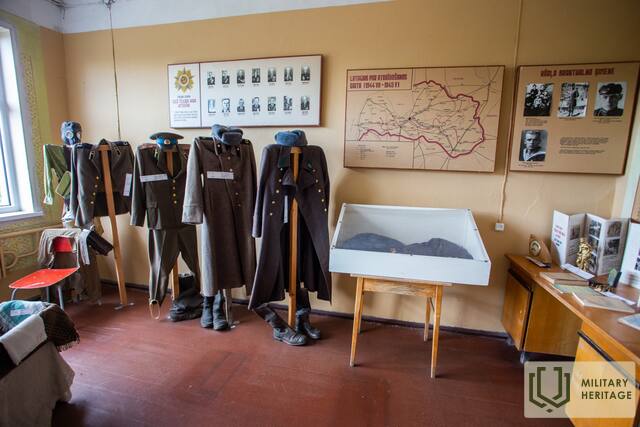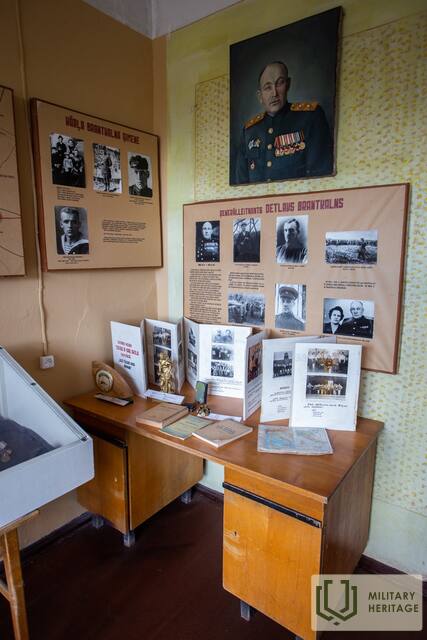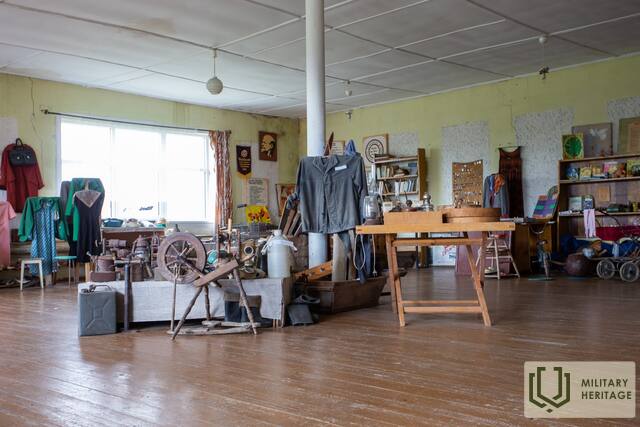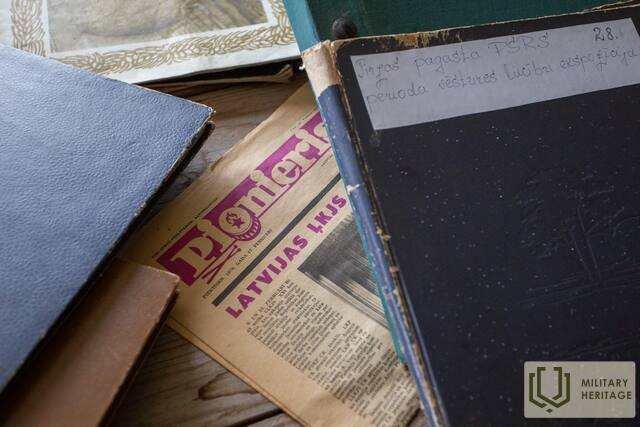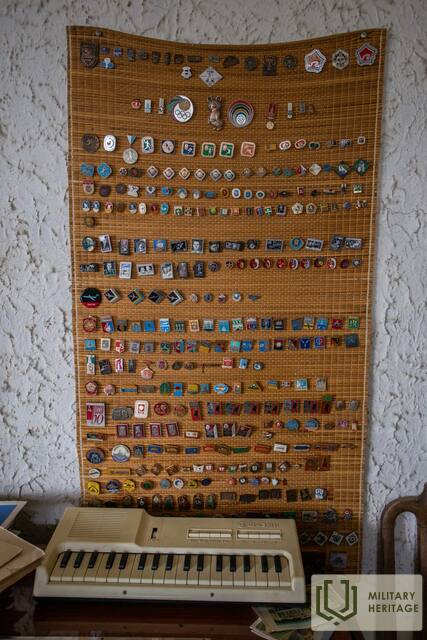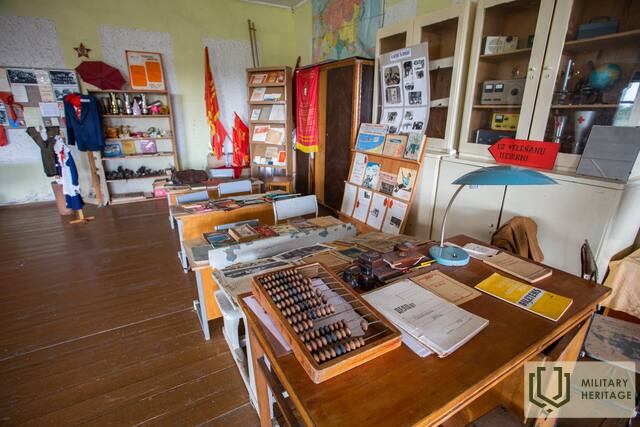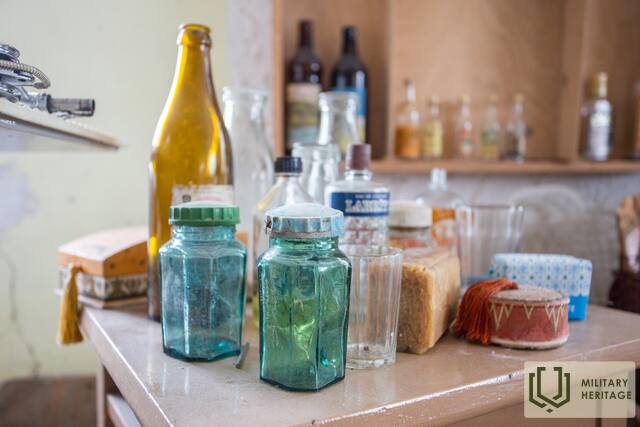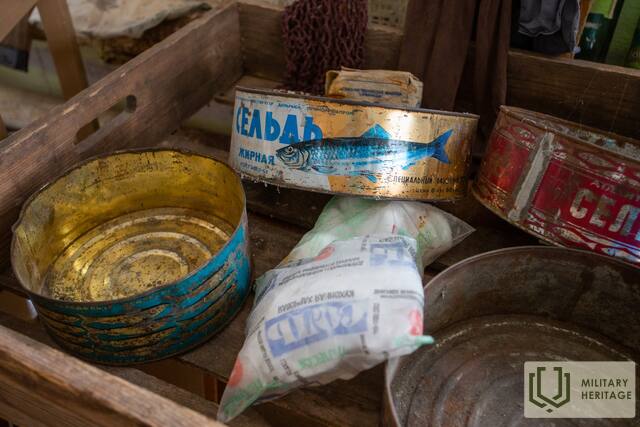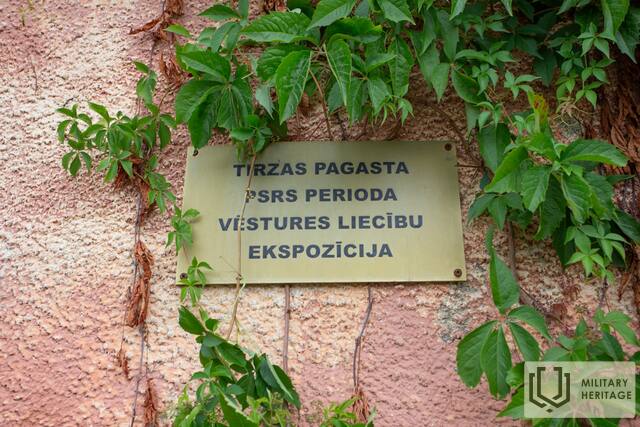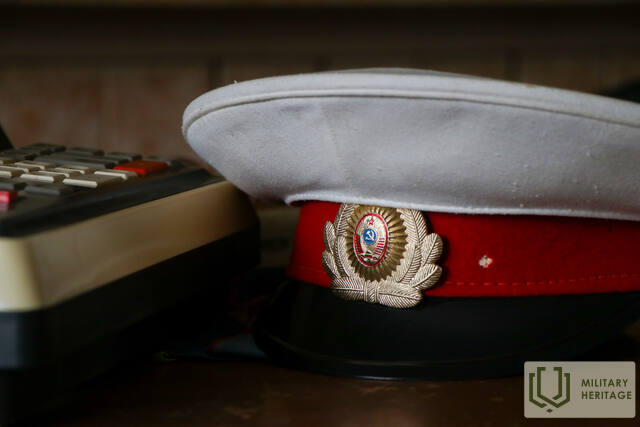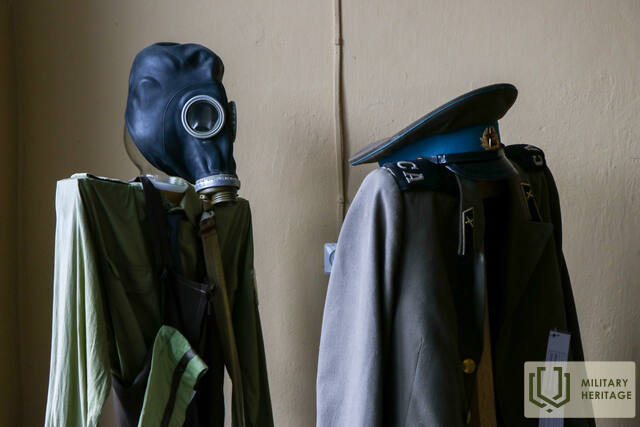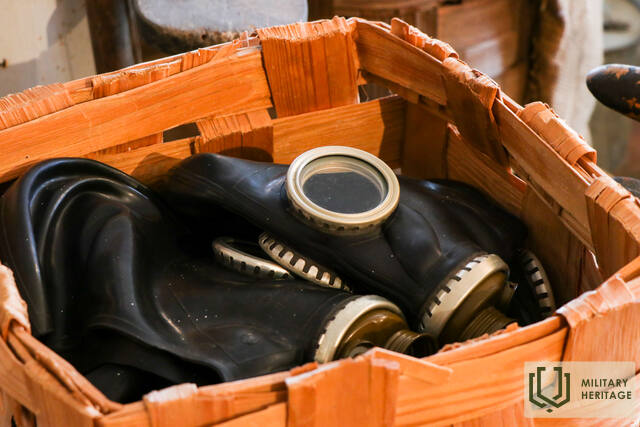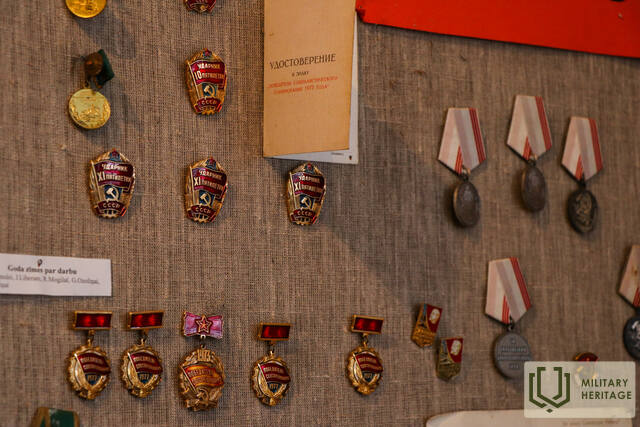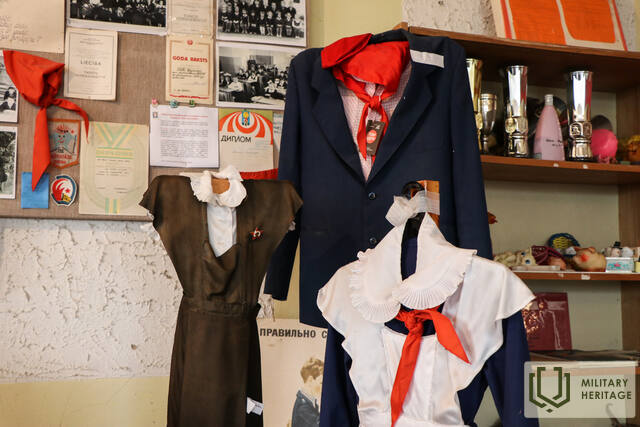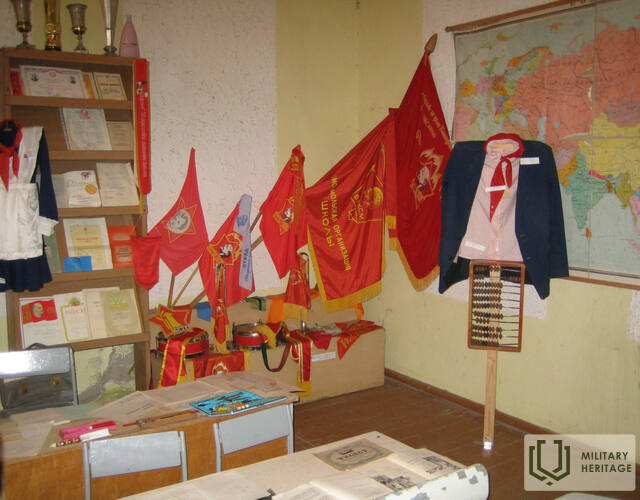Tirzos parapijos kraštotyros muziejuje eksponuojama SSRS laikotarpio istorinių įrodymų paroda.
Muziejus

Paroda, įsikūrusi buvusio kolūkio dispečerio kambaryje, buvo atidaryta 2005 m. Lankytojai kviečiami patirti SSRS atmosferą interaktyviose pamokose: aptarti sovietmetį, kurti legendas apie istorinius įrodymus, dalyvauti choriniame dainavime, šokti „letkius“, gaminti popierinius lėktuvėlius ir člapuškas, taip išgyvenant pertrauką mokykloje, taip pat mėgautis kilavu bandelėmis ir liepžiedžių arbata.
Pasakojimai ir istoriniai įrodymai apie tradicijas, senovinius amatus ir iškilius vietos žmones.
Prašome užsisakyti vizitą iš anksto!
Suaugusiesiems: 2,00 Eur
Studentams, pensininkams: 1,00 Eur
Ekskursija su gidu iki 6 žmonių (1-1,5 val.): 6,00 Eur
Ekskursijos su gidu daugiau nei 6 asmenims (1–1,5 val.): 1,00 Eur asmeniui
Panaudoti šaltiniai ir literatūra:
https://www.visitgulbene.lv/objekts/psrs-perioda-vestures-liecibu-ekspozīcija/
Susijusi laiko juosta
Susijusi istorija
Išdaigos ir žaidimai su karine amunicija
Po Antrojo pasaulinio karo Latvijos žemė buvo pilna fizinių karo liekanų. Tai buvo daugybė sviedinių, nesprogusių minų ir tiesiog šovinių. Net ir dabar, ypač tose vietose, kur vyko aktyvūs karo veiksmai, randama nesprogusių minų, o tai yra didelė retenybė, o pokario metais šie sviediniai buvo miškų ir net kiemų gyventojų kasdienio gyvenimo dalis, netgi vaikų žaislai.




